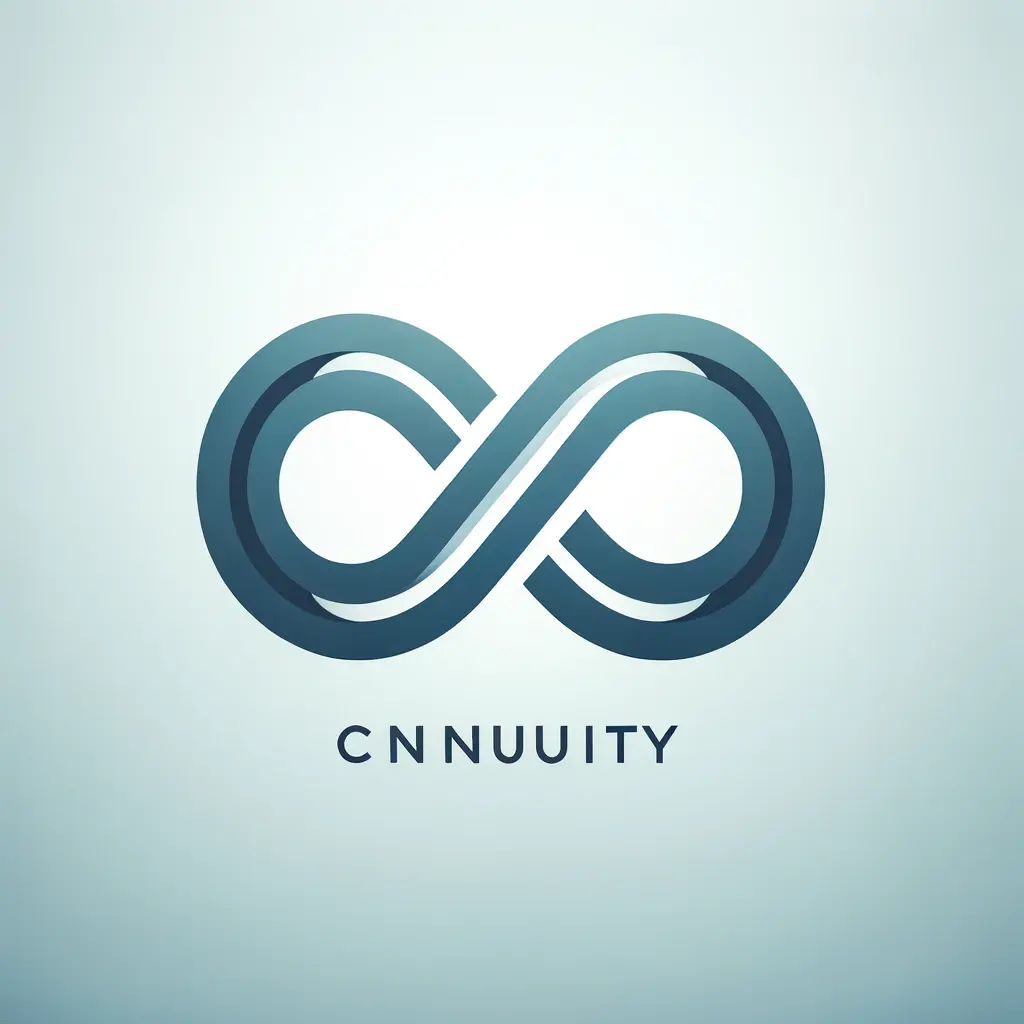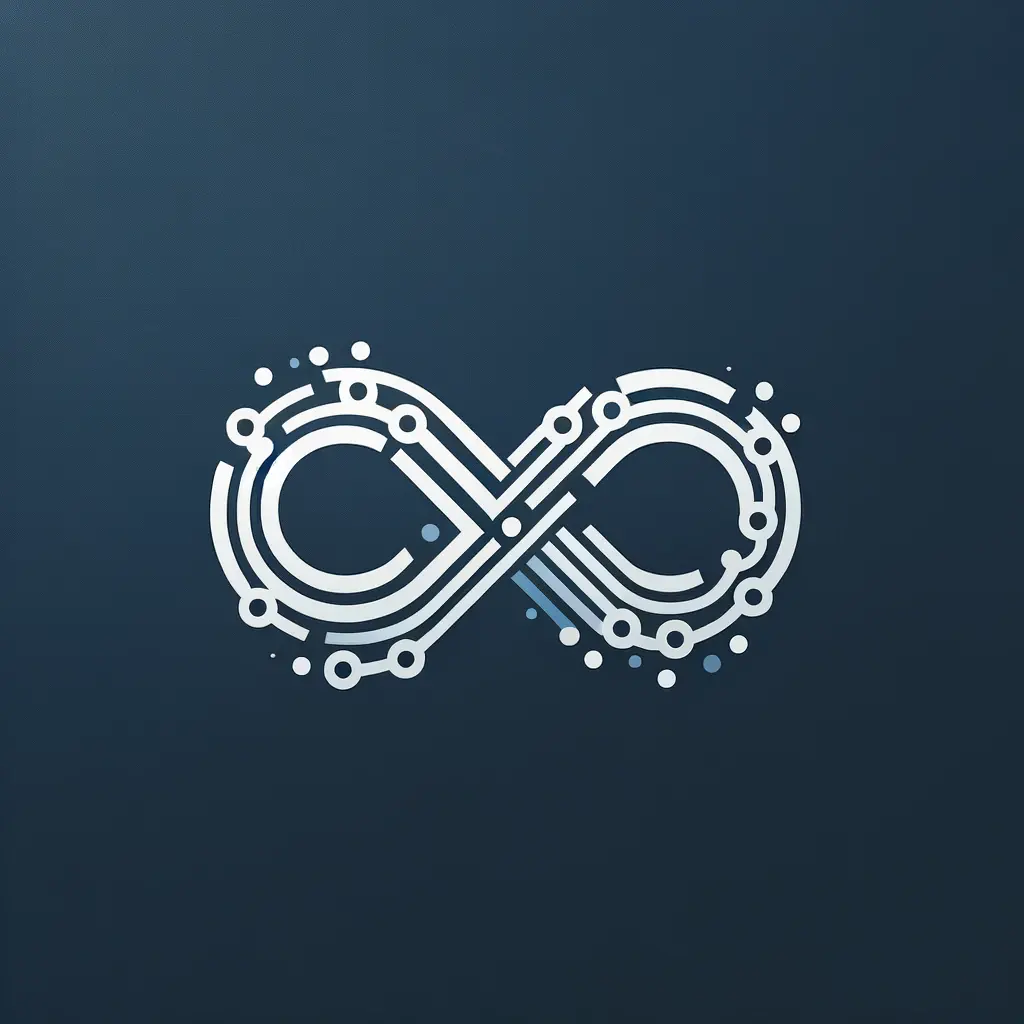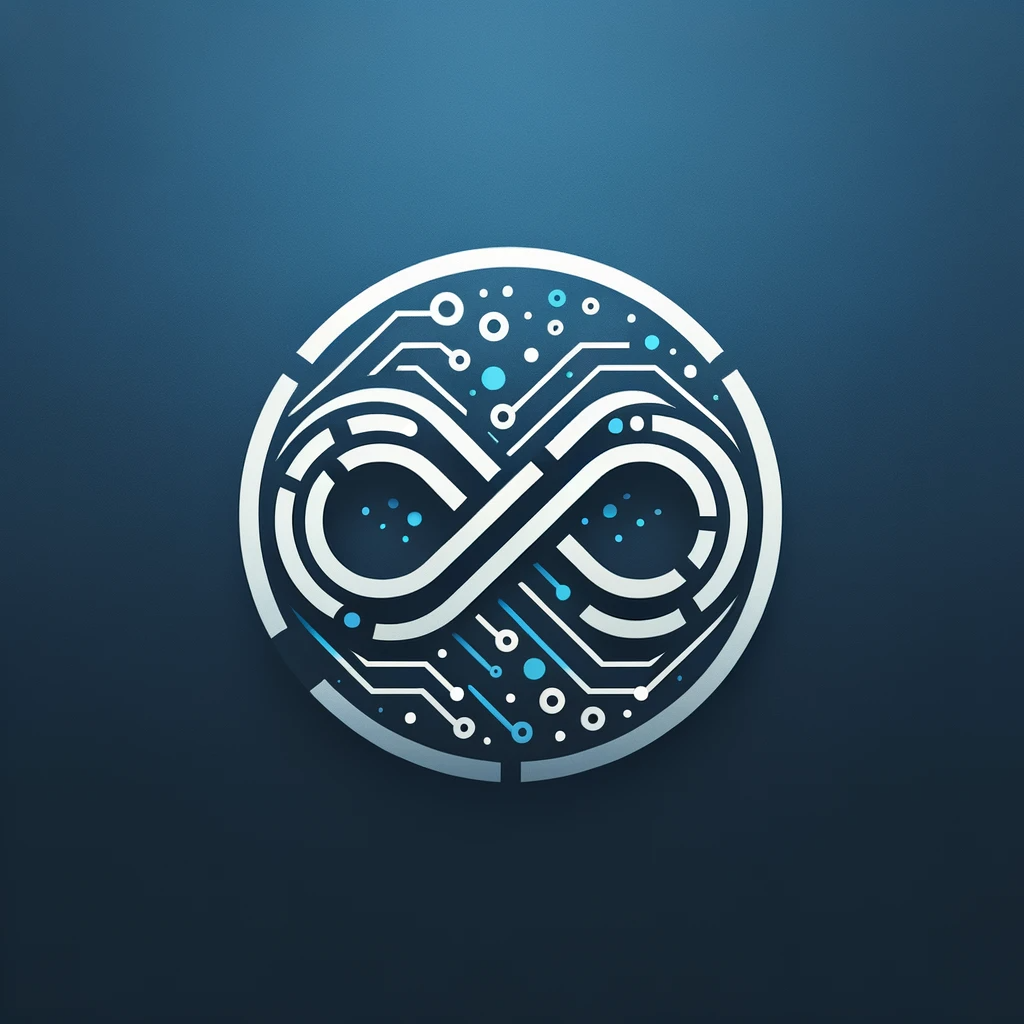You know that YouTuber promising you’re going to make 10k/month by following his free advice?
The one whose videos you IMMEDIATELY watch as soon as they come out?
It’s time to reverse the roles and become that guy. It’s time to have people connect to your brand, instead of fanboying on other people.
His secret? Building a brand the right way.
That’s how you’ll get people to remember you, be loyal to you, and most importantly – buy loads of products from you.
Without further ado… Let’s get you building YOUR brand.

Let’s face it – it’s the 21st century and there are hundreds of MILLIONS of businesses out there. Whatever your market is, chances are it might be saturated.
Competing with established brands just doesn’t make much sense as a startup founder. That’s when having a brand image, aka being unique comes into play…
There are many branding decisions you’ll have to make in your journey to becoming unique.
If you manage to be unique, there will always be people who relate to you and buy from you, even though there might be “better” options out there.
It doesn’t stop there though. Yes, building a brand attracts people – but it also makes them loyal.
Everyone knows just how valuable it is to have loyal customers, instead of just focusing on sheer sales volume.
Word of mouth, multiple purchases, steady income, growth… Just to name a few benefits of loyalty.
And since everyone also knows you like spending other people’s money…
Building a brand helps with investors too! If they emotionally connect with your stuff, they’re much more likely to help you.
So, don’t be afraid to put yourself out there and be yourself. You don’t have to be perfect to attract people, you just have to be your authentic self.
You are one special snowflake and there’s no copy-paste version of you in the world. There are millions of people just like you and they WILL relate to your authentic brand.
P.S. I forgot to mention this – Building a brand also attracts top talent. What you put out to the world is what you attract, simple as that.
You should be yourself because there’s no one else like you and people will inevitably relate to you – we’ve already said that.
I want to take this a step further, though.
Think about showing parts of yourself that are currently missing in the market. That’s when research comes in. For example, if you love creativity and you identify that it’s currently lacking in your market, make sure to show that part of yourself.
Ahh… you can never escape research.
You can also ask your clients and employees what their opinions on your brand are. I mean, they’re the ones who have firsthand, battle-tested experience with your brand!

Okay, now that we’ve covered the importance of building a brand, you’re ready for the actionable steps. Let’s keep it simple and go one by one.
Although it might seem meh right now, it’s very important to show your mission to the world. It’s not preaching and it’s not pretentious – it helps people connect with your brand. To determine your mission – ask yourself these questions:
What do you stand for? Do you have any different/controversial opinions on your industry? Identify the core values that guide your business and think back to those values any time you need to make a decision. By values, I mean things like:
Customer-centricity, integrity, quality, community engagement, sustainability…
This is how you give life to your business. Give human traits to your brand and people (other humans) will be attracted to it. How do you want to be perceived? Think:
Choose the personality you want your business to have – and don’t be afraid to go all out. People buy so much more when they relate to you and enjoy your personality.
General rule of thumb in business: It’s better to be loved and hated than liked and disliked.
Brand voice just means speaking like your business personality. For example, if you want to be authoritative – you’ll have to find a way to communicate it with your words.
You can use shorter sentences. Give proof of your successes. Not care if people don’t listen to your advice.
But you do you, you don’t have to listen to me, I guess…
If you want to come across as empathetic, you should emphasize how much you understand your customers, and how you’re here to support them. Their needs are your needs, and you’re committed to being there for them, instead of just giving a product and disappearing.
I hope you get the gist of brand voice by now.
Picture this: A potential customer is considering a couple of options: You and your arch-nemesis competitors. To make the final decision, they need to find that something that perfectly fits their expectations. That something that makes the offer irresistible.
Well, this something is called a unique selling proposition. It’s basically a clear statement that clearly shows what you do and why you’re different.
It might seem like a no-brainer, but believe me, not many businesses really do this. So many entrepreneurs just fall in love with their own ideas before figuring out if anyone else even cares.
We actually have two articles on USPs, “What is a Unique Selling Proposition” and “How to Build a Powerful USP”, which I strongly recommend you study.
If you’re an entrepreneur who’s starting a new business and you’d like some more clarity regarding growth, product development, and launch strategy…
You’ll LOVE my free eBook: The 8D Framework To Launch Your Business!
It’s a step-by-step guide (still easy to read though) designed to show you HOW to design your product, how to launch it, and how to scale it.
Finally understand the exact steps you need to take to grow your business:
Positioning is simply the way you would like your customers to think about you. In other words, the position you occupy in your customers’ minds.
Imagine you’re making an app and you position it as “App for team communication”. Boring and unoriginal. There are thousands of other apps like that already.
Or you can position it as “B2B app specifically for real-estate teams with more than 10 employees”. Now you’re interesting and unique. With this positioning, you’ll appeal to a smaller group of people…
But you will REALLY appeal to the teams you target because you come off as an expert in the field.
See, you can avoid all the established competition by making a race of your own.
You don’t have to be the biggest fish in the pond, you just have to make the pond smaller. ~ every marketer EVER (they’re completely right though)
Actionable step: Try and come up with a simple positioning statement. What exactly do you do and who exactly do you serve?
Now, you need to bang your head against a wall for six consecutive hours trying to come up with a name you won’t hate.

I know it’s tedious, but it has to be done sooner or later. Here are some guidelines to help you bang your head for only four hours instead of six:
To see if you came up with a good brand name, ask yourself the following:
Let me give you an amazing example…
Drum roll…
Eightception. “Eight” represents our multiple offers and it symbolizes balance and harmony in business. “Ception” represents the concept of layers and depth, which aligns with our focus on strategic and complex business services. Plus, it has a modern, tech-savvy ring to it!
Whoever thought of it MUST be a genius…
Or they must really like the number eight and that movie with DiCaprio 🙂.
While you’re trying to come up with a brand name, you might feel tempted to use an AI to brainstorm…And I highly encourage you to!
Write down various associations and words you like that can relate to the USP, positioning, and brand voice. Ask the AI to generate interesting and fun combinations of these and bam! You got yourself a winner.
Also, there are some things you need to watch out for when coming up with your brand name:
Once you’ve narrowed down your top name choices, feel free to test them. Your brand doesn’t have to be set in stone from day one. It’s okay to have a bit of an identity crisis. Test your brand name(s), see how people respond, and tweak it before launching.
To test them, here are some other ideas:
Your visual identity includes your logo, color scheme, and overall design aesthetic. Again, all of these things should be aligned with your brand. Specifically, with your business personality and values.
Otherwise, it’s a bit like seeing a fully tatted priest… A bit incoherent.
To avoid that image, you should either:
If you’re an entrepreneur who is just building a low-cost beta-phase product or prototype – it’s totally fine to pick the style and colors using AI or other free tools. They can actually suggest nice solutions.
For the colors, we have some tools we can recommend (we used them and loved them):
Remember, if you’re just starting out, you need to keep it cheap and fast. You can always improve later.
Still not convinced that colors are important for your business? Well, Captain Skeptic – let me give you some examples of how your visual identity could convey your business personality:
For the logo, let me, once again – give you a number of delightful examples.









These are the many (there were dozens actually and I didn’t post all of them here to save your time) Eightception logos we generated, which symbolize all the things about our brand that I already talked about – like growth, layering, tech-savviness…
They’re real AI-generated logos for Eightception as we were brainstorming on it with the AI. As you can see, they are scrappy and sometimes hilarious (oh, thank you, AI, for that amazing CNNUUITY brand name idea!) but we got it to “good enough”, just to start. Now we’re working with a design agency (with real humans) to make a new branding.
Now you can see the beginning of our logos before they were wiped out from the face of the Earth and replaced with a better-looking one 😱.
Seriously, how many times did you hear the ‘tell stories’ advice? Everyone makes it sound so magical and revolutionary… but no one ever tells what a brand story should contain.
Sure, you should tell people how your business came about – but that’s not all.
Here are some ninja tactics you can infuse into your story to make it even more persuasive:
Well, well, well… Did you think this was a “one and done” job? More luck next time.
Branding is not static, you always have to keep evolving. Yes, your core values should stay the same throughout time, but don’t be afraid to test new angles.
Pro tip: Try to use your ‘feeling’ as rarely as possible. If you can, A/B test different names, visuals, and other brand elements to see what your audience likes best.
Surveying your market here and there also isn’t a bad idea… I mean, who better to tell you what your customers want than your actual customers?
Just saying…
No.
Everyday interactions matter a lot. People often get pissed at all sorts of employees, but forget to think about their own businesses.
Even if you work online, don’t underestimate the power of responding within a normal time frame or being nice to your prospects.
People buy from people they like. Be likable – simple as that.
The customer experience also depends on other stuff, like how easy your website is to navigate, or how frictionless the checkout experience is.
Obviously, having a slow website doesn’t make you a moron, but it’s something to look out for!
If you’re doing a good job and people are satisfied… SCREAM it from the rooftops. Just like this:
By now, you’re a branding pro, I trust that. If you want to be even smarter about it and tell people how stupid they are for following branding “myths”, we got you covered. We know it feels good.
A common misconception is that building a brand only matters when expanding. What the hell? What sense does that make?
You always want your customers to have a certain perception of your brand, not just when you’re aggressively pushing for growth.
Many view branding as an unnecessary cost that only big companies with lots of money to burn can afford.
I urge you to view branding as an investment. It’s an amazing way to – yes, spend more – but to also get huge returns.
Pro tip: Allocate around 12-15% of your initial investment into branding efforts. This budget supports hiring professionals such as branding strategists, designers, copywriters, and marketers. Hire well, and they will get you paid.
Some entrepreneurs believe branding is too complex, especially for small businesses. Well… those people haven’t read this article.
I hope that by now, you see that branding isn’t difficult. On the contrary, it makes everything simpler. When you have an established brand with a known brand image, all you have to do is…
… just keep following the brand guidelines. Doesn’t get any less complex than that. That goes for your products AND marketing efforts.
If you want to build a successful business, stand out from your competition, and charge the prices you want to charge – you also need to build a brand.
Here’s a brief summary of how to develop epic branding:

Email subscription is available ONLY TODAY (oh, okay, and tomorrow).
Surely, we respect your inbox! Unsubscription works every day.

We’d love to tailor your experience — which of these best describes you?